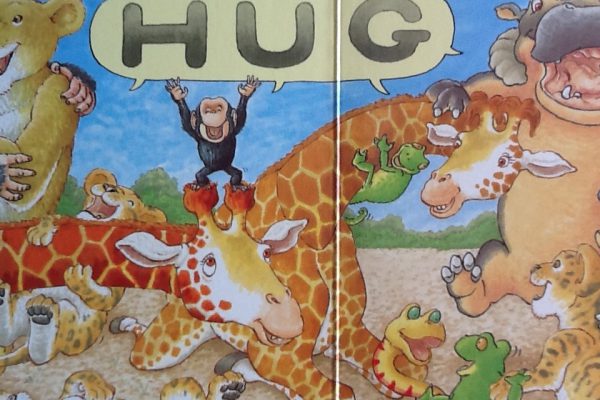
Exclusively written for CLiF
By TheLearningBlock
For the longest time, many had believed that an affinity for math and science and an affinity for the humanities had been mutually exclusive, and this had been attributed to the fact that we are either left-brained, or right-brained, depending on which hemisphere of our brain is more active. The different hemispheres of the brain process information in different ways, with the left brain processing information in a more analytical and sequential way, and the right brain processing information in a more intuitive and simultaneous way; this is why those considered left-brained are often more inclined towards hard sciences, while right-brained people are often more inclined towards the humanities.
Interest in math and the hard sciences seems to be quite difficult to sustain, and sometimes it’s because kids just feel like these subjects aren’t for them. “I’m more of an arts and crafts person,” they sometimes say. These days, however, many children’s books have worked hard to bridge this gap between these two interests. After all, as primary school teacher James Ross tells childrenswear clothing brand Tootsa MacGinty, the best way to teach kids to enjoy math is to “make it easy to relate to. Use things they are familiar with, don’t talk too much and let them ‘do’. Practical maths where children can touch, feel and move objects is a vital way to gain an understanding. Do activities together, and make them entertaining!”
Of course, the use of books in the teaching of STEM subjects has often been discussed in the past few years, with many educators emphasizing the importance of developing literacy and STEM skills at the same time. These days, however, many authors have seen the need to start early, helping kids grasp science concepts early on.
If your kids are more inclined towards art, it’s easy to introduce mathematical concepts to them as well. There are books like Anna Weltman’s “This is Not a Maths Book”, which helps kids understand “how maths can be artistic and art can be mathematical” as it introduces artistic challenges with a mathematical basis. Kids learn how to create geometric shapes and fractal art, and will be surprised to learn mathematical concepts that have been used. In much the same way, physicist Dominic Walliman’s “Professor Astro Cat’s Frontiers of Space” introduces scientific concepts through interesting and colorful diagrams that are sure to pique the interest of kids. Robert Louis Stevenson and Daniel Kirk also came together to create “Block City”, a book that teaches kids the basics of engineering and design through the use of toys they’ve probably already played with: blocks.
These days, there are many books you can use to help your kids learn to love STEM, and activity books and boxes are also a common choice, and when educators and parents use these books, we’re helping our kids establish a good foundation for STEM in the future.
Image: slj.com



